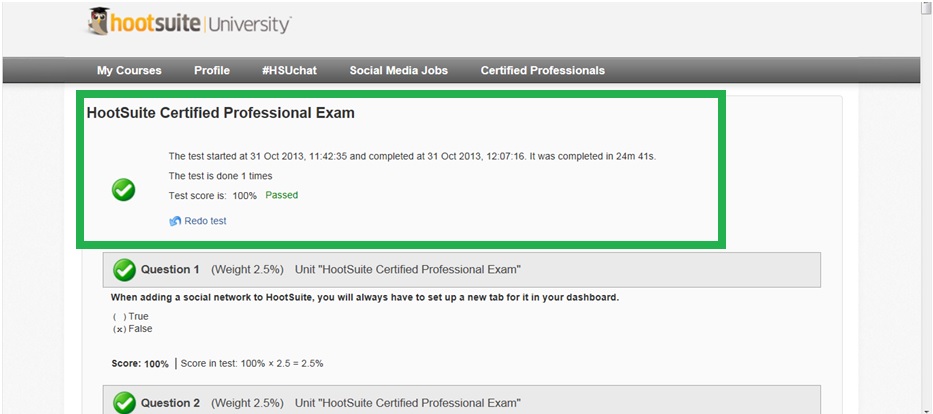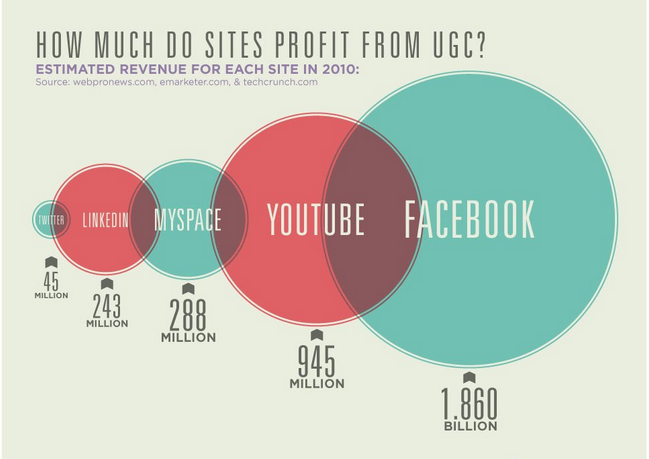To conclude…
Since it s possibly the last blog posted here, I would like to make a self-reflection after studying this course COMM464 E-marketing…
To me, at the very beginning, I have had a big stereotype about this course. I believed this course is related to some technical/computing stuff (personally not quite familiar with) on the basis of marketing. But, in the first lesson, this stereotype has been immediately be removed after the instructor’s introduction on the overview design of this course.
Indeed, this course has made me more aware of what is real business world happening with online marketing. According to my previous marketing knowledge, I always know that online marketing is growing more and more significant for all kinds of enterprises. But, with limited examples and scope covered in other marketing courses, I do not have a in-depth understanding on the this area of expertise until I study this course.
The course allows me to obtain various insights on different aspects related to online marketing, like website usability and evaluation, social media audit, paid/owned/earned media, email marketing, conversation models…all these are quite inspiring for me to know. Further, I am mostly impressed by the HSU exam and the HSU pro certification, right now, I am now certified by Hootsuite university…yeah…see my previous blog…@@
As for the class atmosphere, it is absolutely interactive when compared with my learning mode in my home university in Hong Kong, maybe Asians are a bit shy in expressing personal opinions in a crowd…well, I really inspire a lot from this, especially the use of Twitter in encouraging in-class discussions, which are all absolutely great to allow each of our schoolmates to share personal opinions, with immediate feedbacks given by others in class. The real-client project plus the inspiring guest lectures further add credits to this awesome course.
What a pity is, I am just an exchange student staying here for one semester, if not, I wish I can register more related courses in UBC Sauder….anyway, all of the above will not only become my lifelong knowledge, but also great memory…
I love this course, I love Sauder, and I love UBC…
Jim Yat Fung, Calvin
BBA (HONS) Marketing, City University of Hong Kong












